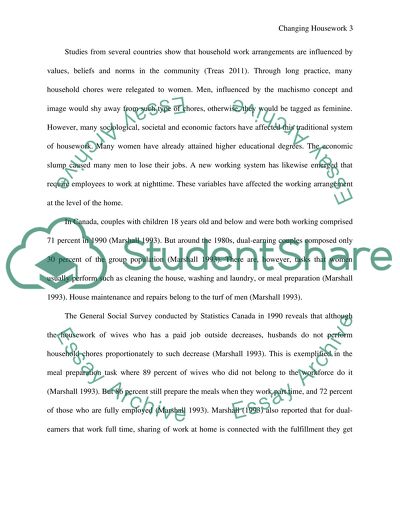Cite this document
(“Has mens contribution to household chores changed over the years/ do Literature review”, n.d.)
Retrieved from https://studentshare.org/gender-sexual-studies/1413917-has-mens-contribution-to-household-chores-changed
Retrieved from https://studentshare.org/gender-sexual-studies/1413917-has-mens-contribution-to-household-chores-changed
(Has Mens Contribution to Household Chores Changed over the Years/ Do Literature Review)
https://studentshare.org/gender-sexual-studies/1413917-has-mens-contribution-to-household-chores-changed.
https://studentshare.org/gender-sexual-studies/1413917-has-mens-contribution-to-household-chores-changed.
“Has Mens Contribution to Household Chores Changed over the Years/ Do Literature Review”, n.d. https://studentshare.org/gender-sexual-studies/1413917-has-mens-contribution-to-household-chores-changed.


